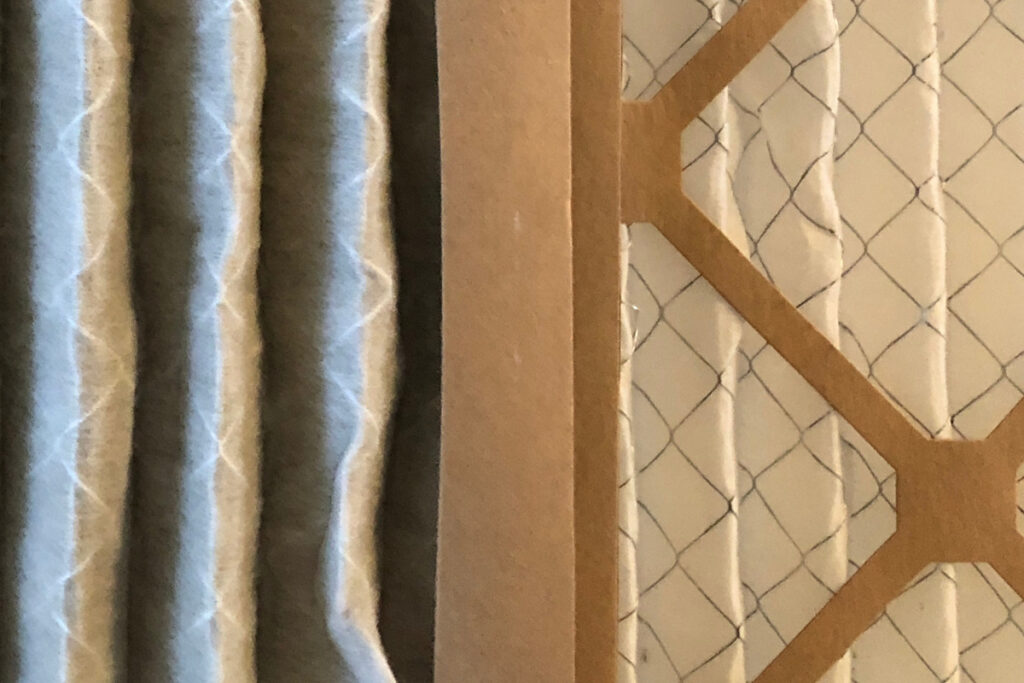With the temperature outside getting hotter and hotter this April, you have no choice but to use A/C! However, you do have a choice on what type of filter you get.
First, we’re going to teach you a bit about all the different possible air filters you can get. As you probably already know, there are all kinds of (confusing!) ratings and numbers associated with air filters.
Common technical terms/acronyms
- MPR. No, this isn’t a public radio station! “MPR” stands for microparticle performance rating. What this means is, rating whether the filter can effectively trap fine particles like pollen, pet dander, and even bacteria/viruses. It rates filters on a scale from 100-2800. However, MPR rating only refers to how well a filter can trap particles that are from 0.3 – 1 micron in size, which we’ll explain later.
- FPR. You’ll probably see this rating less often, but still, it helps to understand it when it comes up! An FPR rating was originally designed by Home Depot for its own brands, and it rates filters using a scale from 4 to 10, and also uses color-coding. A rating of FPR 5 is similar to MERV 8, a rating of FPR 7 is similar to MERV 11, and a rating of FPR 10 is basically equivalent to the ultimate MERV rating, 13.
- MERV. These numbers don’t really make much sense without understanding what MERV actually means: “minimum efficiency reporting value.” For example, a MERV rating of 1-4 is extremely low. A window air conditioner might have this rating, where it does filter out some particles, but only large ones. It will only filter out less than 20% of particles 3 to 10 microns in size. So, not very helpful! A MERV rating of 10 through 12 means that the filter will filter out 50% to 90% of particles as small as 1 single micron. But, if you’re wanting to filter out smaller particle sizes, such as most bacteria and viruses (1 micron in size or smaller), you’ll need a filter with a MERV rating of 13 or more!
- Micron. Since we’ve been talking about microns so much, it would help to understand how large (or in this case, incredibly small!) a micron actually is. It’s only as wide as 1/100th of a human hair.
- HEPA. You’ve probably heard of a HEPA filter before. This acronym stands for “high-efficiency particulate air.” Any filter that can remove 99.97% of particles as small as .3 microns counts as a HEPA filter!
Call Ballard
The majority of Americans should be using a high-efficiency “HEPA” filter. Especially if you have allergies or asthma, you’ll want a filter that can trap these particles before they can trigger your respiratory issues! Here at Ballard, we can install a HEPA filter that can remove 99% of particles from your indoor air, such as mold spores, pollen, pet dander, and dust. All you have to do is call us from the comfort of your Inland Empire home: 909-297-1914

